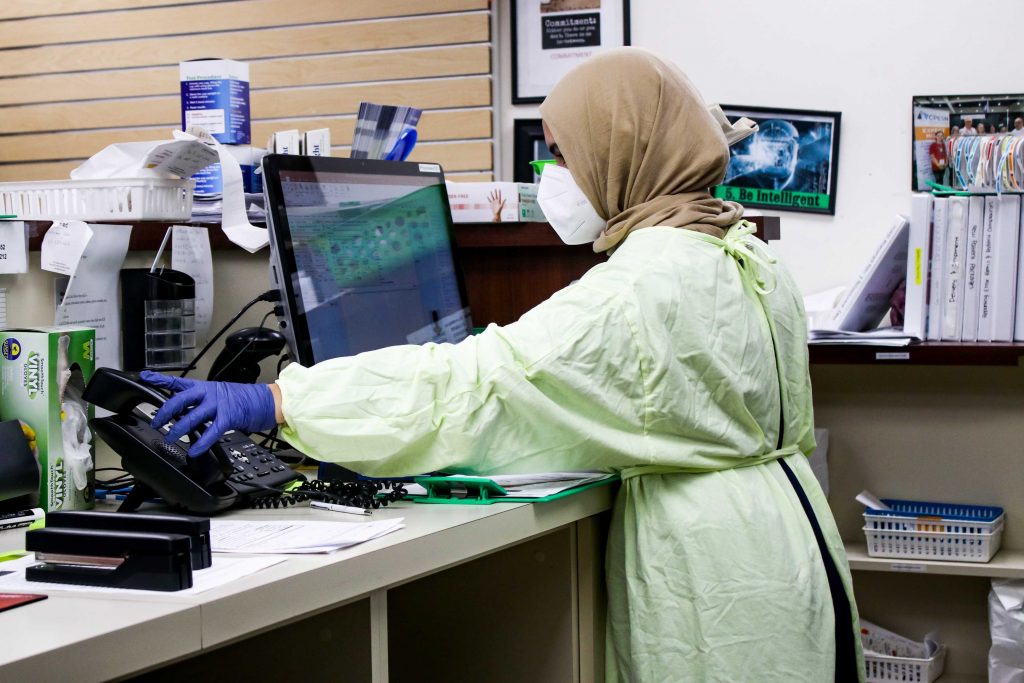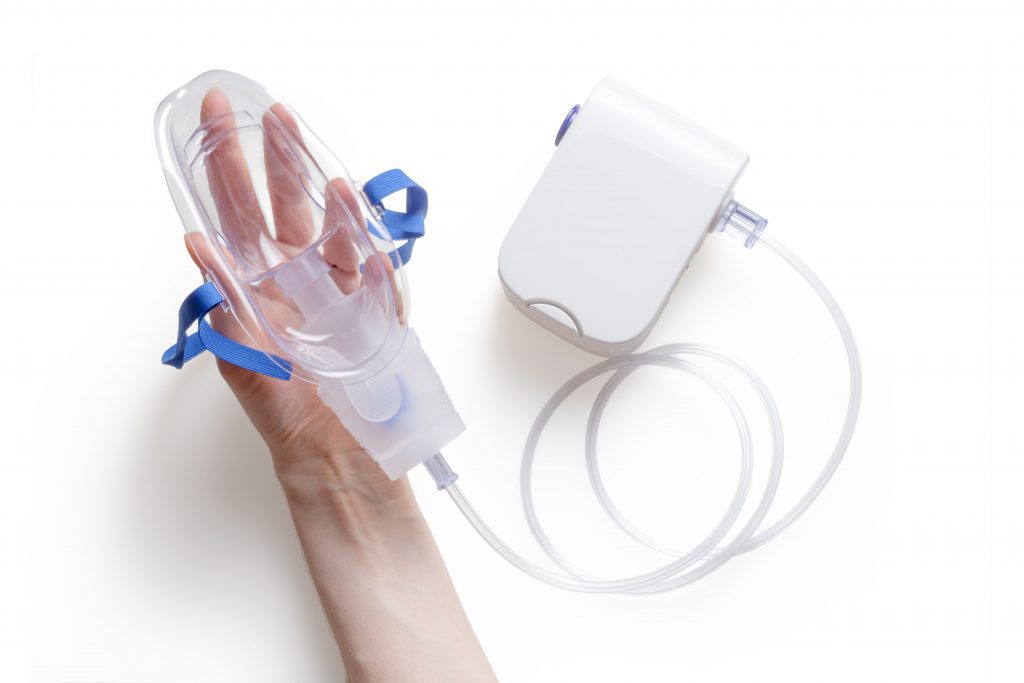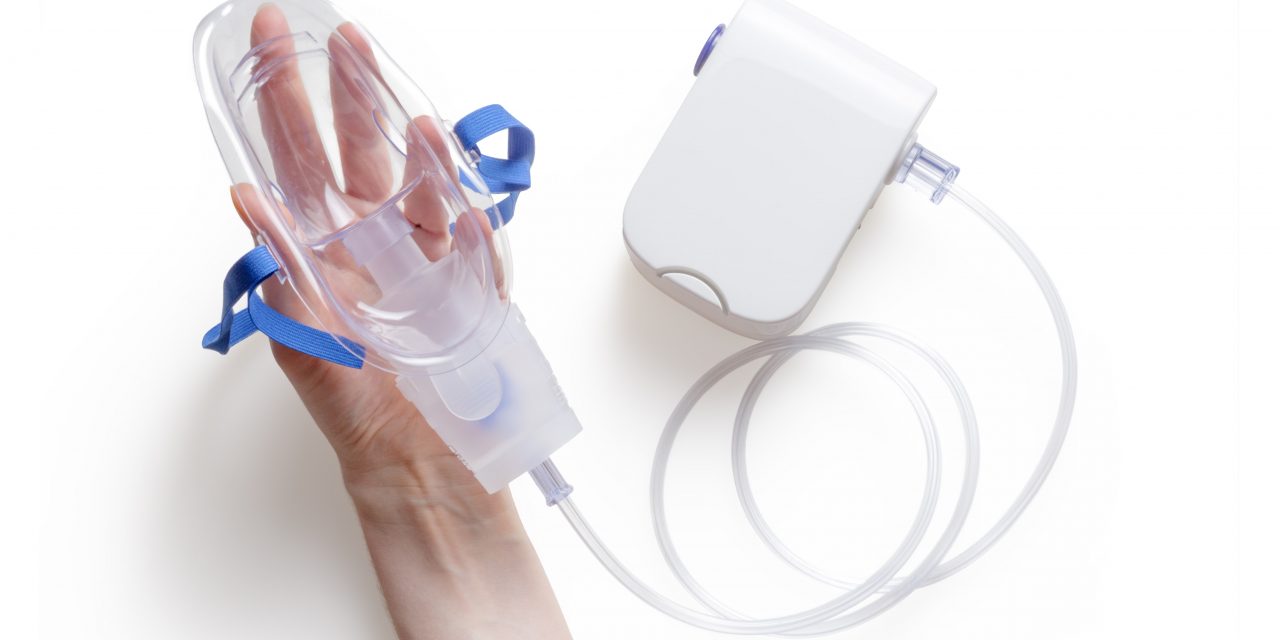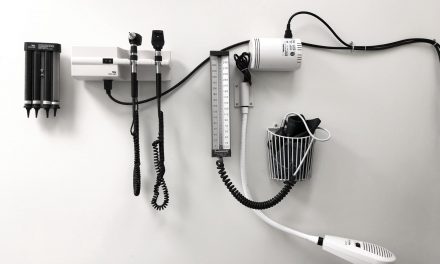Several children that enter the emergency medical system do so through primary care offices. Upon seeing something wrong with their child, a parent’s first instinct is to get their baby to the nearest doctor they trust to know more. Whether their child is already in dire need of emergency attention or is on the cusp of it, it falls on you to ensure your office practice can handle it. Here’s an insight into office preparedness for pediatric emergencies to better help you serve your patients, no matter the emergency or situation.
The Importance Of Office Preparedness For Pediatric Emergencies
Having an office and staff that are prepared to handle pediatric emergencies can be the difference between life and death for some of your patients. Trusting on the reliability of an ambulance or directing the parents to head to an ER can take up time. And as a pediatrician, you know how critical time can be in the case of a gravely ill child. You need to be able to properly stabilize the patient, and ensure a timely transfer to the nearest appropriate facility that can handle the emergency.
Ideal preparedness goes beyond equipment or training sessions; you need to cover all bases, including an emergency protocol, training to handle the situation, and having the right tools and equipment on hand.
Conduct A Thorough Self-Assessment
To know how to be better prepared, you must first know where you fall back. Perform a self-assessment of your office preparedness for pediatric emergencies that includes your staff’s emergency response skill, the sort of outside resources you can rely on, the distance from your office to the nearest hospital, and the time it would take for an ambulance to reach your office. Your self-assessment should account for the types of conditions already treated in the office (common, urgent, acute). Also, ensure you account for the number of special care needs patients you have treated.
This can also be a good time to take inventory of the equipment you have that can be of help in a pediatric emergency.
Create An Emergency Response Plan
In almost all emergency situations, knowing how to react without panicking makes all the difference. As a trained medical professional, you may know what needs to be done, but you need to be able to rely on your staff as well. This is why every pediatrician needs to have an emergency plan prepared that involves a coordinated effort as a team.
Assign specific roles and responsibilities to each member of your team; while one can rush in to help you with whatever it is you need, another can ready the medical equipment to be used, while someone handles the parents and children in the waiting room. You will also need someone to call for an ambulance if required. Ensure you have a dedicated person for this, as in an emergency, the Bystander Effect can delay some critical tasks.

An easy outline for an emergency response plan can be as follows:
- Usually, it is nonclinical personnel like a receptionist who is the first to interact with the patient and parents. They need to have basic training to recognize the signs and symptoms of common pediatric emergencies e.g. seizures, shock, respiratory distress, altered mental status, etc.
- Your head nurse can do surveillance of the children in the waiting room at regular intervals to spot an emergency as soon as it occurs.
- Establish a system of internal notification, such that no time is wasted in communicating to the office staff that a pediatric emergency is underway.
- The person in charge of contacting the nearest facility needs to clearly inform them of the situation and essential details. These include the proper address of the office, the patient’s age and condition, and whether they need basic or advanced life support.
Make sure each of your team members understands their role. It can be helpful to conduct a mock emergency from time to time. This ensures that things run smoothly, as well as maintains your alertness and readiness to respond.
Keep A Track Of Your Emergency Equipment & Supplies
Once you have a plan in place, it’s now time to look at your inventory of emergency supplies and equipment. Having the proper equipment on hand is an essential part of office preparedness for pediatric emergencies. These can include equipment such as:
- Oxygen delivery system and asks
- Bag-valve mask
- Suction
Pulse oximeter - Epinephrine
- Endotracheal intubation equipment
- Equipment to establish vascular access
- Intravenous medications
- External defibrillator with pediatric capabilities
While some of these are essential, others are better to have on hand if the emergency response time of the nearest facility is over ten minutes.
You need to store the equipment in such a way that it expedites retrieval and usage. Make it a point to train all clinical staff in the use of all the equipment. Regularly check the equipment and supplies to make sure they function well and aren’t over the expiry date.

Conclusion
Office preparedness for pediatric emergencies is something no pediatrician should slack on. Handling a pediatric emergency well can potentially save a child’s life, and improve your standing as a pediatrician. Make it a point to be a hands-on doctor for your young patients by using the ImmunifyMe app. It can help with digitizing vaccination records, telemedicine consultations, and easy appointment and revenue management.
FAQs On Office Preparedness For Pediatric Emergencies
How Can I Ensure My Practice Is Prepared For Emergencies?
First conduct a self-assessment to recognize if you and your staff are prepared for pediatric emergencies. This helps you realize just where you need to improve. Secondly, develop a plan with different roles and responsibilities assigned to your team. Finally, run mock tests to ensure you maintain your alertness.
What Should A Pediatric Emergency Response Plan Include?
A pediatric emergency plan should include basic training for each member of your staff and practice. You also need to designate certain roles to different people – while one needs to call up the nearest hospital, another needs to provide support to the patient’s family. Finally, someone needs to be there to help you, the pediatrician, with the emergency equipment.
How To Better Communicate With Pediatric Patients?
You need to come across as someone your patient can trust, so ensure that you communicate with them on their level. Speak to the parents so the child sees you interacting with them. Being relatable can help to put them at ease, so ask them about things like their favorite foods or games.







Youre so cool! I dont suppose Ive learn anything like this before. So nice to find any individual with some authentic thoughts on this subject. realy thanks for starting this up. this web site is one thing that’s needed on the internet, somebody with a little originality. helpful job for bringing one thing new to the web!